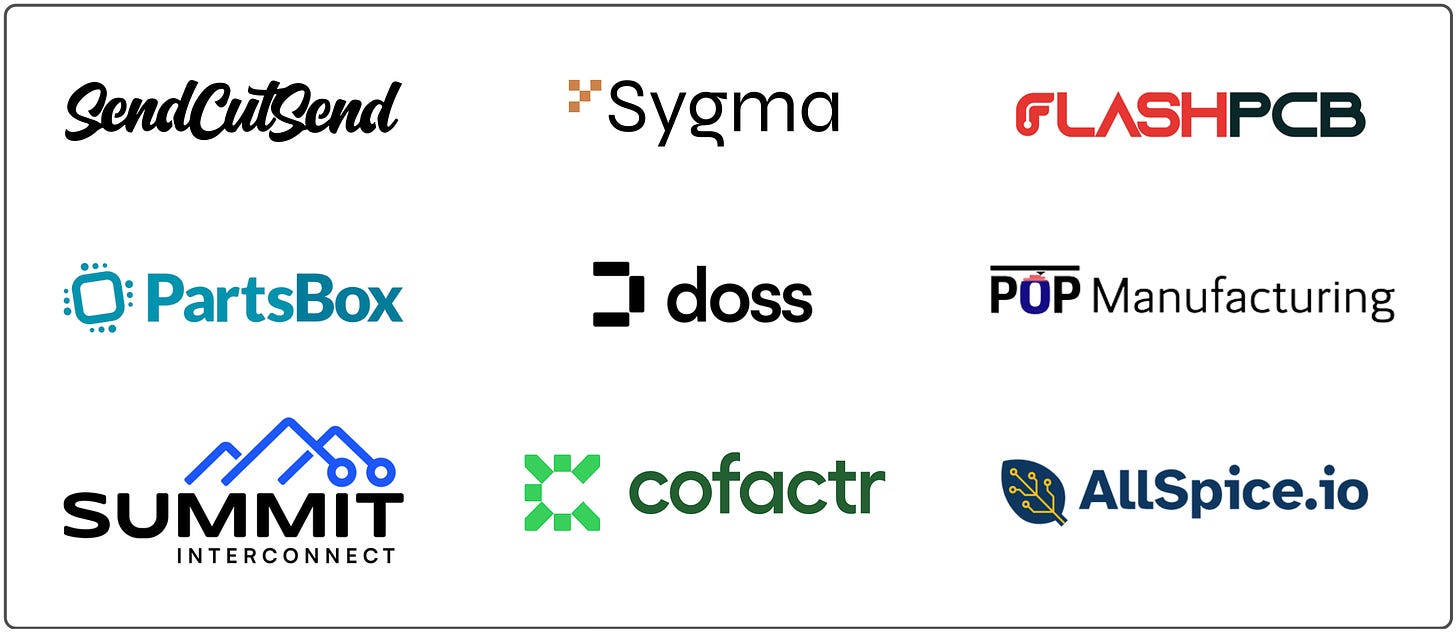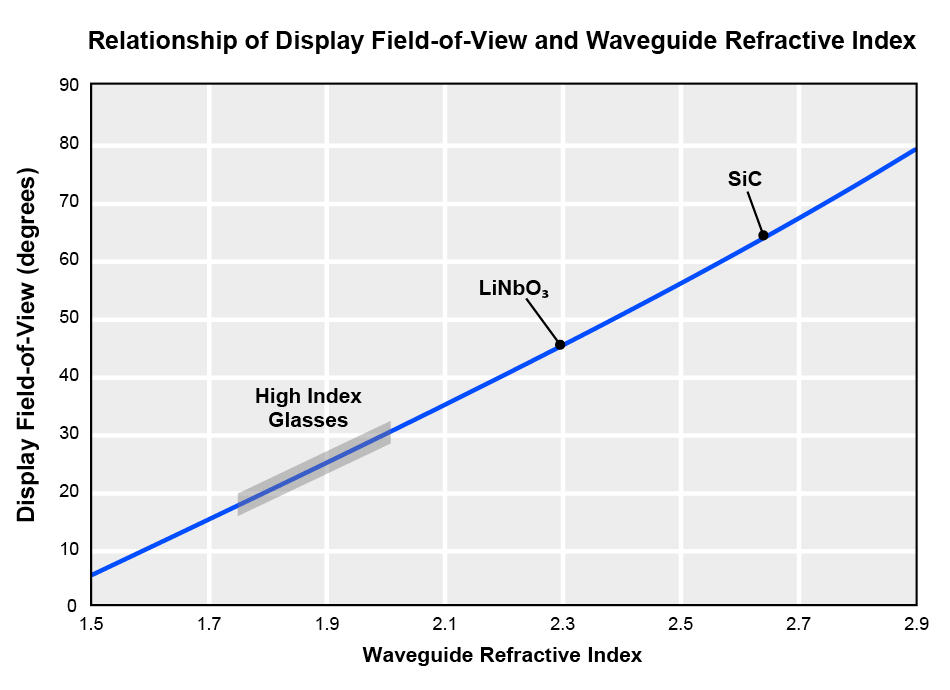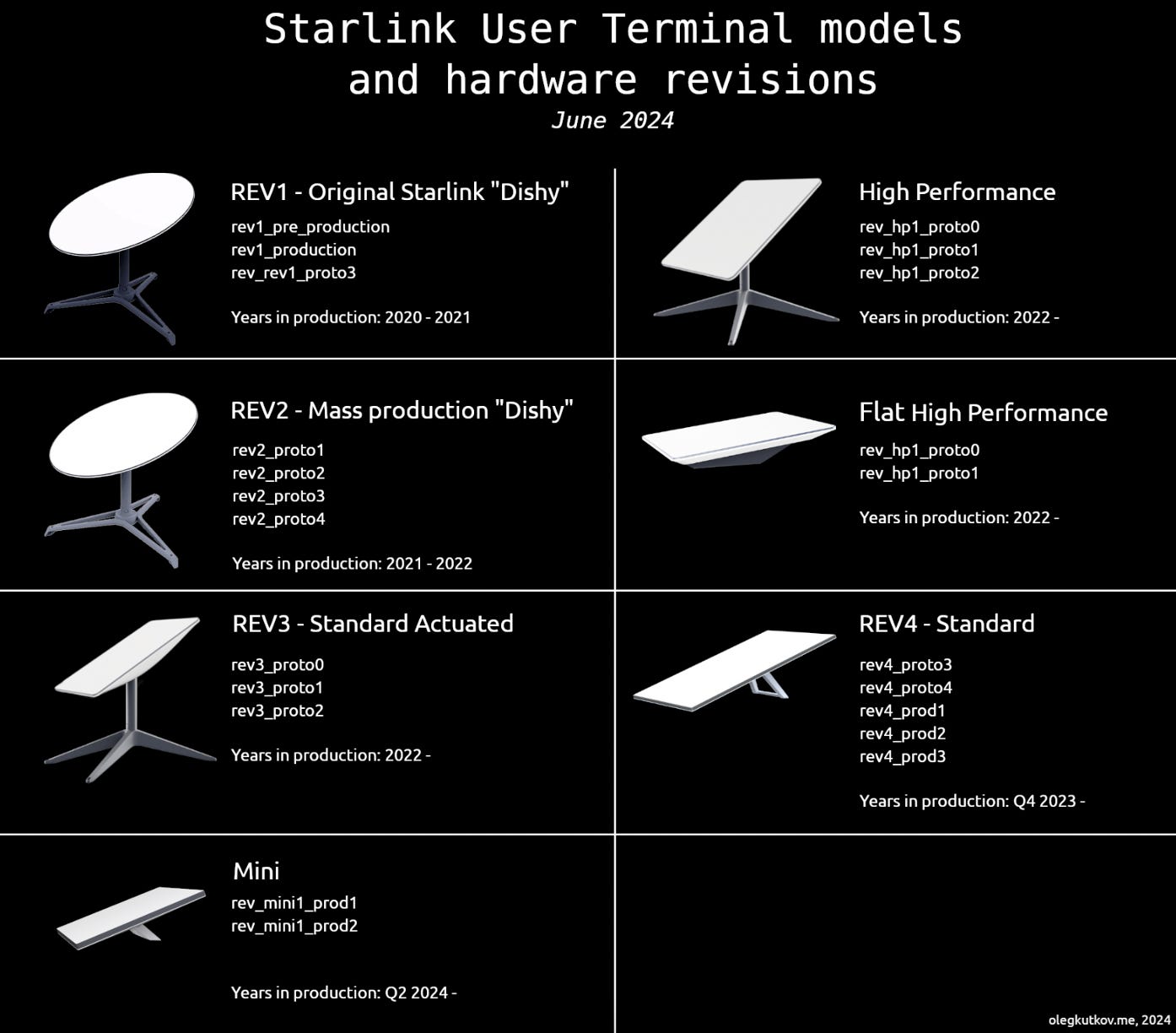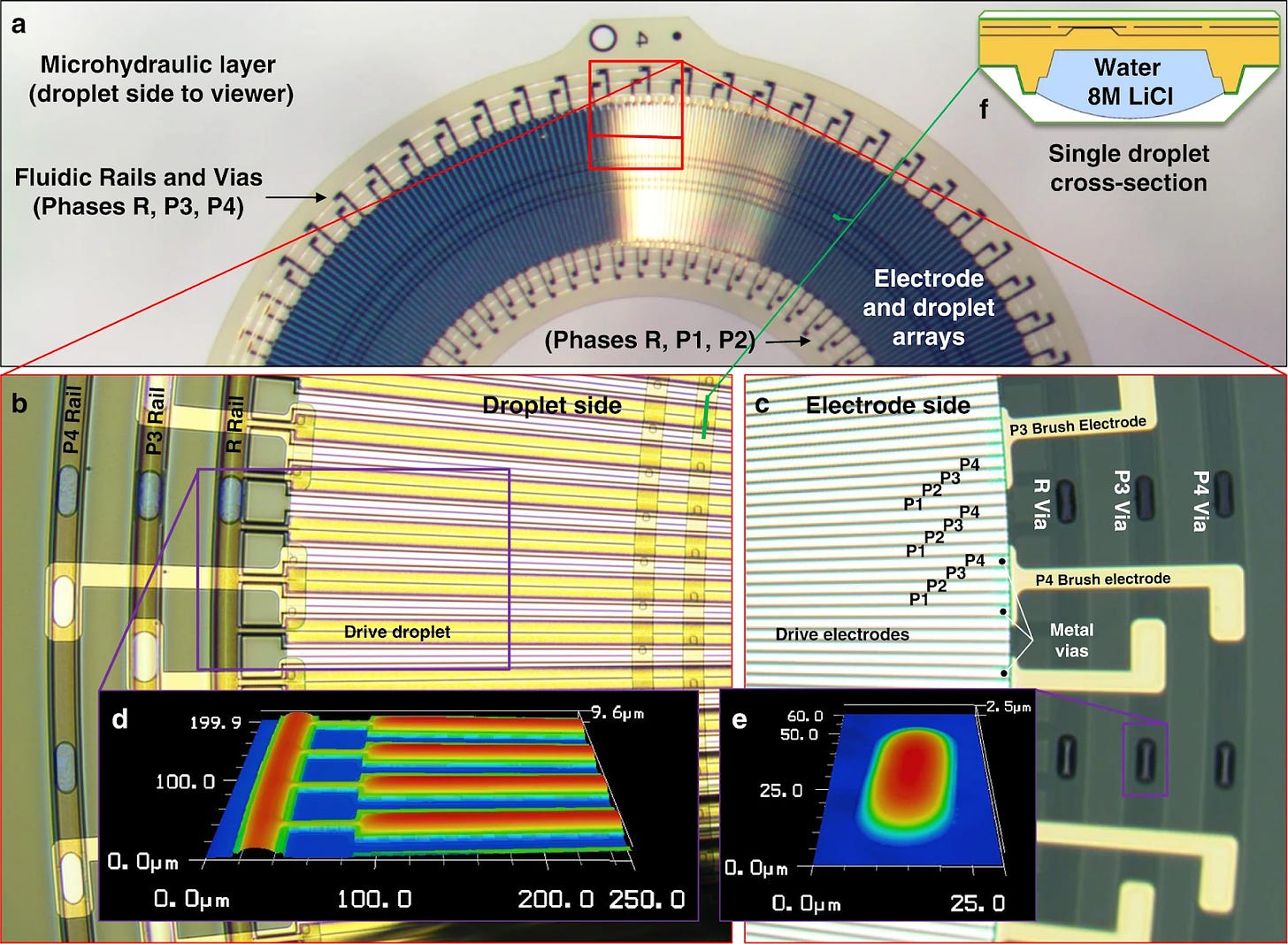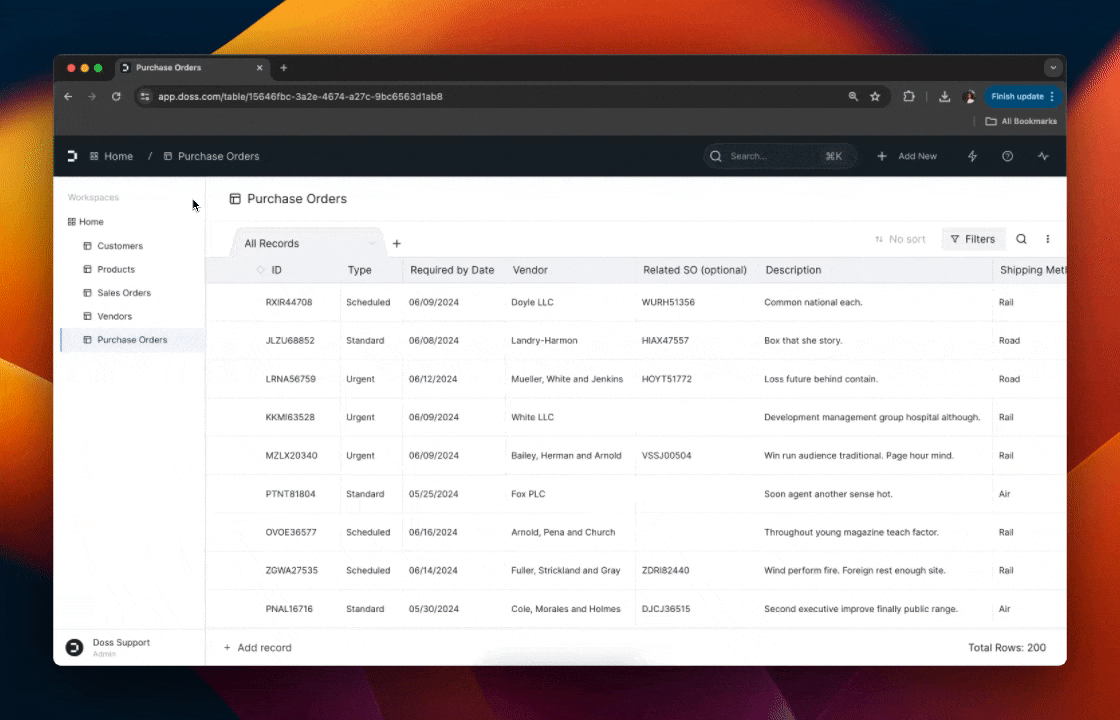Instrumental is hosting the Build Better 2024 Summit on October 16th at the USS Hornet Museum, a manufacturing summit for leaders across engineering and operations.
Interesting Links 🏭
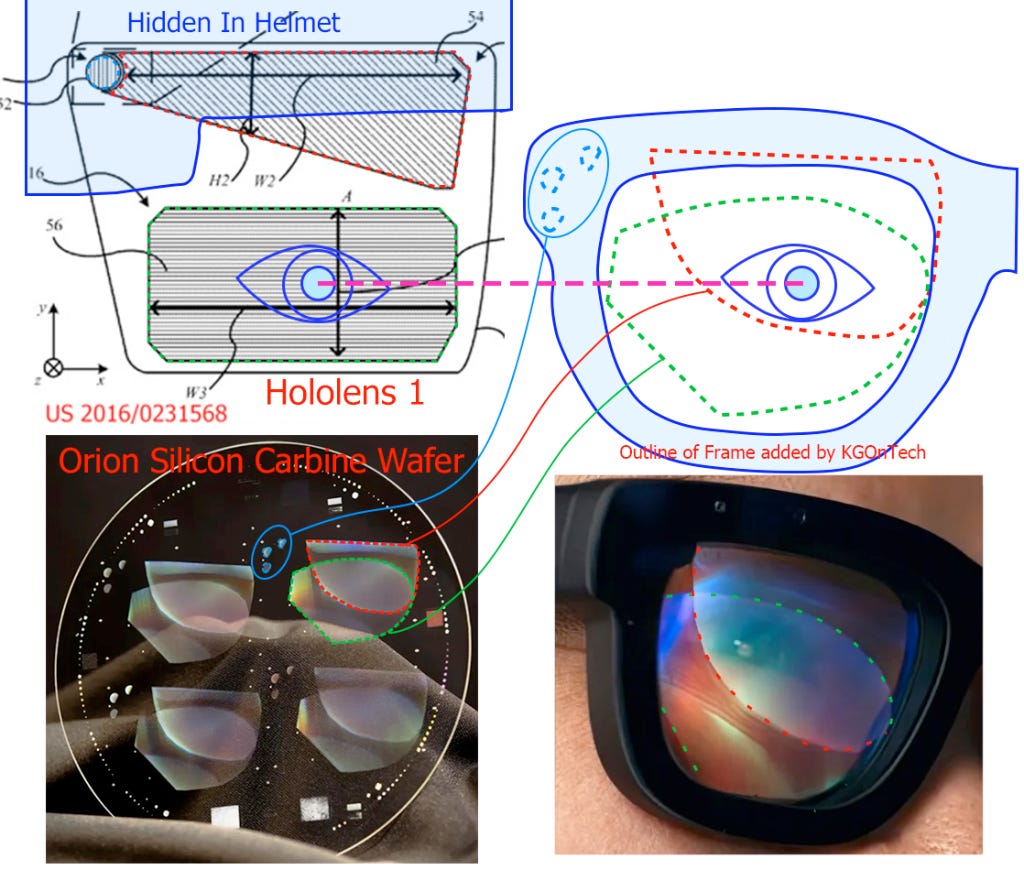
A detailed breakdown of the use of waveguides and diffraction gratings in Meta’s Orion AR glasses. For all the advancements in AR hardware, some of the most complex technology is found in the display. Waveguides are transparent materials that channel light using total internal reflection, allowing digital images to transmit through a thin sheet of glass. By etching diffractive gratings to their surface, these waveguides can precisely direct and control the light to create displays users can interpret. Meta's design uses lenses made from a novel material called silicon carbide, which has a high refractive index allowing for a wider 70-degree field of view.
The company plans to produce 1,000 units at a cost of $10k/unit for internal testing. You can find more information on waveguide fundamentals here and see how they’re implemented in the patent application (US20240179284A1).
A practical library in C, embedded-kf, implements Kalman filters for embedded systems. If you don’t remember the theory from school, Kalman filters estimate the true value of a system by combining noisy sensor data with a predictive model. It's commonly used for sensor fusion, like stabilizing signals from accelerometers and gyroscopes in drones. Fun fact: Kalman filters have been used in everything from the navigation systems of nuclear ballistic missile submarines to the guidance and control systems of spacecraft!
Over four million people use Starlink globally, a huge jump from 145,000 users in 2021. Earlier this month, reports showed that Starlink’s production facility in Bastrop, TX, now has the capacity to build 4.6 million units a year, including their own PCB production. The chart below shows the evolution of Starlink development since first launching the original terminal four years ago.
A report outlining the readiness of nuclear power for luxury yachts. Nuclear propulsion has been used in maritime vessels for seven decades, mainly in military submarines and aircraft carriers, with some exceptions in commercial icebreakers and research ships. Specifically, the report investigates the technology readiness of existing pressurized water reactor (PWR) designs and how new-generation fission reactor designs might be applicable for the marine industry.
MIT researchers have developed a new type of electric motor that uses micro-hydraulic electrowetting actuators. This motor consists of a 3D network of polyimide thin-film layers, driven by the movement of highly ionized liquid droplets through surface tension. The technology is being commercialized by a spin-out company called Sangtera, which is focusing on using it for precise 3D chip placement. You can find the original research paper here.
A deep dive into the challenges of bringing eVTOLs, or "flying cars," to market. The author argues around a key point: “for a new technology to succeed without subsidies, it must improve the atomic transaction—whether in cost, quality, or another core dimension.” In the ZIRP era and late 2010’s, many companies like Kitty Hawk and AeroMobil operated under the premise that technology, not economics, was the principal challenge to overcome.
Sponsored: Presented by Doss
Doss builds a composable ERP that gives experienced operations teams the ability to build their own workflows just like drawing a flowchart or constructing LEGO blocks. No need for long, painful setups—teams can have complex workflows running in days, sometimes even hours.
Thinking about starting your own company someday? The team generously shared their new hire onboarding presentation—a behind-the-scenes look at how a two-year-old startup wins the trust of big brands.
Startup News 🚀
Toyota is injecting an additional $500M into Joby Aviation to help them complete Type 2 FAA certification and ramp up production of its electric air taxis, aiming for a 2025 launch. Founded in 2009, Joby has worked for the past fifteen years to produce an eVTOL aircraft for use as a commercial taxi service.
Impulse Space raised $150M in a Series B, then landed a $34.5M contract from Space Force a few days later. The company develops and operates orbital transfer vehicles, also known as "space tugs," to transport satellites and payloads to specific orbits after their initial launch. Impulse was founded by Tom Mueller, SpaceX’s 1st employee.
Havoc AI raised a $11M seed round to develop its autonomous uncrewed surface vessel (USV) technology. Havoc AI develops both low-cost USV’s and software with the goal of a single operator being able to control thousands of USV’s by themselves. The round was led by Trousdale Ventures.
Submer raised a $55.5M Series C round at a $500M valuation to expand its immersion cooling technology, where entire server racks are submerged in proprietary, biodegradable, non-conductive coolant. Rejected by Y Combinator in 2016, the company is gaining traction as data centers look for more efficient cooling solutions to support AI workloads.
Voliro has raised an additional $12M to develop industrial drone inspection technology. Their inspection technology improves productivity by eliminating the need for shutdowns or time-consuming setups. For example, inspecting flare stacks (i.e. tall pipes in industrial facilities used to burn off excess gas safely) typically requires shutting them down, cooling them, and building scaffolding — all of which Voliro’s drones can bypass.
Open Jobs 💼
Sponsored:
Pascal is looking for a Senior Mechanical Engineer in Cambridge, MA
Atomic Machines is looking for a Principal Mechanical Engineer in Berkeley, CA
Entry:
Intuitive is looking for a RISE Mechanical Engineer in Sunnyvale, CA
Skyryse is looking for an Electronics Engineer in El Segundo, CA
Mid-Level:
Meta is looking for an Electrical Engineer, Reality Labs in Sunnyvale, CA
Ford is looking for an Electrical Engineer in Palo Alto, CA
Senra Systems is looking for a Manufacturing Engineer in Redondo Beach, CA
Senior to Staff:
Lumafield is looking for a Mechanical Engineer & Senior Mechanical Engineer in Boston, MA
Western Digital is looking for a Senior Electrical Engineer (Facilities) in Fremont, CA
Internships:
We put together a list of 300+ internships hiring across hardware, check it out here.
Skyryse is looking for a Systems Test Engineering Intern (Summer 2025) in El Segundo, CA
Quantinuum is looking for a Manufacturing Engineering Intern in Broomfield, CO
Want to share an exciting role at your company? Reach out here.
Meet our Sponsors:
Sygma is building the AI assistant for hardware teams - track issues smarter, stay on schedule and on budget, and ship faster.
Doss simplifies your operations by tracking inventory from PO to POS.
SendCutSend manufactures custom sheet metal parts, delivered directly to your door.
FlashPCB provides super-fast PCB assembly by running design rule checks on your board, automatically generating a BOM, and final quotes within minutes.
POP Manufacturing offers rapid prototyping and quick-turn services for FDM, PolyJet, full-color 3D printing, and CNC machining.
Summit Interconnect is a manufacturer of advanced technology printed circuit boards focused on complex rigid, flex and rigid-flex PCBs.
Cofactr is an automated electronic component procurement and inventory management platform.
AllSpice.io is the Git for hardware collaboration platform, connecting native engineering design tools to provide revision control, automation and more.
Partsbox controls your electronic components inventory management software. Keeps track of where your parts are stored, manages BOMs and production.
Roboze manufactures high-performance super polymers and composites through advanced 3D printing, creating parts strong like metal.
Looking to get ahead in your career? We offer interviewing resources for engineers!
For all resources available, check out our home page.
Thanks for reading to the end - if you’ve enjoyed the mechanics of these insights, consider sharing this email with a fellow enthusiast!



